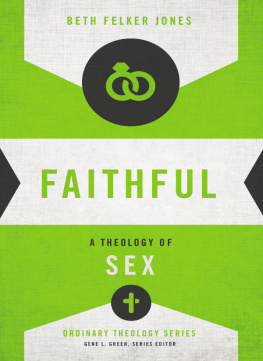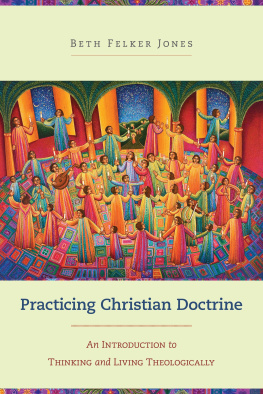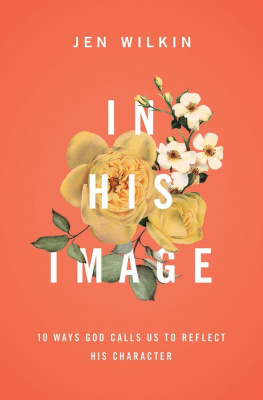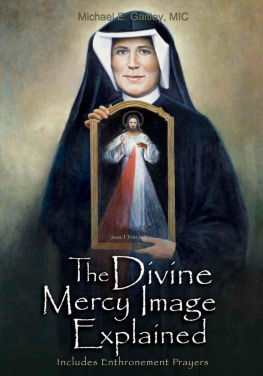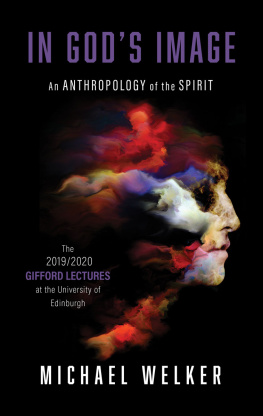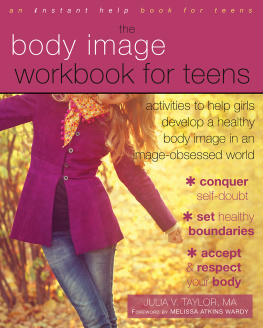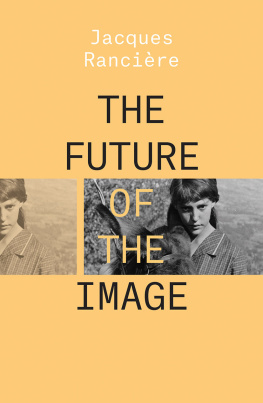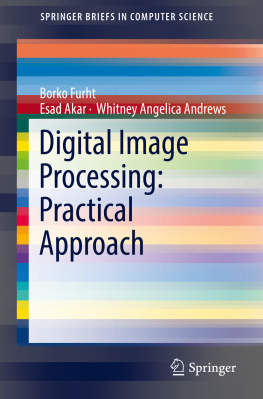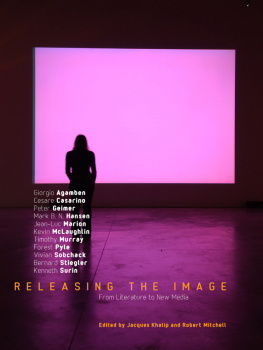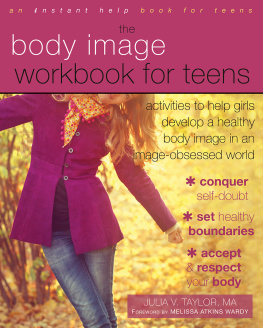This book is the result of the twenty-fourth annual Wheaton Theology Conference, and organizing such an eventand editing the subsequent bookis no small feat. Were grateful to the many people who made it possible. We are especially thankful for the contribution of our friend and colleague Brett Foster, whose work will continue to remind us what it means to live as bearers of the divine image. Enormous thanks are due to Paula Anderson and Judi Nychay, whose tireless work on behalf of our department is much appreciated. Thanks are also due to Jeffrey Bingham, to our colleagues in the Biblical and Theological Studies Department, and to Hannah Considine and Chris Smith, whose work on the index made this book possible. Thanks to the team at InterVarsity Press, especially Bob Fryling and David Congdon. Were thankful for all the contributors to this volume, who together made this an extraordinary conference and valuable book.
The volume is dedicated to the Art Department at Wheaton College. These colleagues graciously collaborated with us on this project, and we have been blessed to learn from and with them. Were grateful for their faithful witness to the God whose image they bear.
Introduction
Beth Felker Jones and Jeffrey W. Barbeau
Image, so the saying goes, is everything. Look in any magazine, turn on the nearest television, or open an app on any smartphone: images abound. Colors, words, pictures, videos and advertisements reveal a world of intricate complexity, unveil sights from the farthest corners of the world and the outer reaches of space and give humanity shared access to what could once only be imagined. Public images are constructed through symbols of power or representations of beauty. Visual images in film or photography memorialize decisive moments in historymoments of celebration and discovery no less than those of war and famineand shape our collective interpretation of major events. Individually, too, memories indelibly shape our sense of self in relationship with others. The minds eye stores images that together construct the narrative of a life: a memory of a parent, an instant of tragedy, a moment of romantic love, a mental snapshot of the newborn child.
Still, for all the ways that images help to shape our understanding of the self and the world in which we live, images often lead us astray and distort our relationships. Christians confess that humans have been created in the image of the living God, yet human beings chose to rebel against that God and so became unfaithful bearers of Gods image. In the beginning, as John Wesley reflects, Love filled the whole expansion of [the human] soul; it possessed him without a rival. Every moment of his heart was love: it knew no other fervor.
Part of the good news of the gospel of Jesus Christ is that Jesus, who is the image of God, restores the divine image in us, partially now and fully in that day to come when this perishable body puts on imperishability, and this mortal body puts on immortality (1 Cor 15:54). Paul contrasts human beginnings with the human future, Adam with Jesus: The first man was from the earth, a man of dust; the second man is from heaven (1 Cor 15:47). Paul makes it clear that, just as we have shared in Adams fallen image, we are meant to share in all that belongs to Christ: Just as we have borne the image of the man of dust, we will also bear the image of the man of heaven (1 Cor 15:49). The image on the cover of this book might lead us to meditate on this seemingly unfathomable promise. The cover shows a photograph of sculptor David Hookers Corpus, in which he has covered a crucifix in literal dust, including the skin cells and the hair of those who have borne the image of the man of dust. Jesus Christ shares all that is ours, including our mortality, so that we may share all that is his.
Beginning with the conviction that the doctrine of the image of God (often written using the Latin imago Dei) offers truth and health in a culture inundated with images, we invited Christian scholars from a variety of backgrounds to speak to these questions: How, in our time and place, might our understanding of what it means to be created in the divine image be challenged or distorted? In dealing with this situation, what corrective and constructive resources are available in the Christian faith? How can the Christian doctrine of the image of God inform and strengthen Christian witness in this image-driven age?
Too often the temptation is to respond to such questions in a negative tone. There is much about the present image-driven age that concerns Christians, and it would have been too easy to spend all the words of this volume articulating what wrongs have distorted this world. We need, of course, to tell the truth about the worlds brokenness, and the essays in this volume do careful work in diagnosing our present disorder, but we are happy to report that the overall project avoids wallowing in the negative. In all cases, these essays also point to the hope and healing that are real in Jesus Christ, and they offer positive direction for witnessing to the goodness of God.


